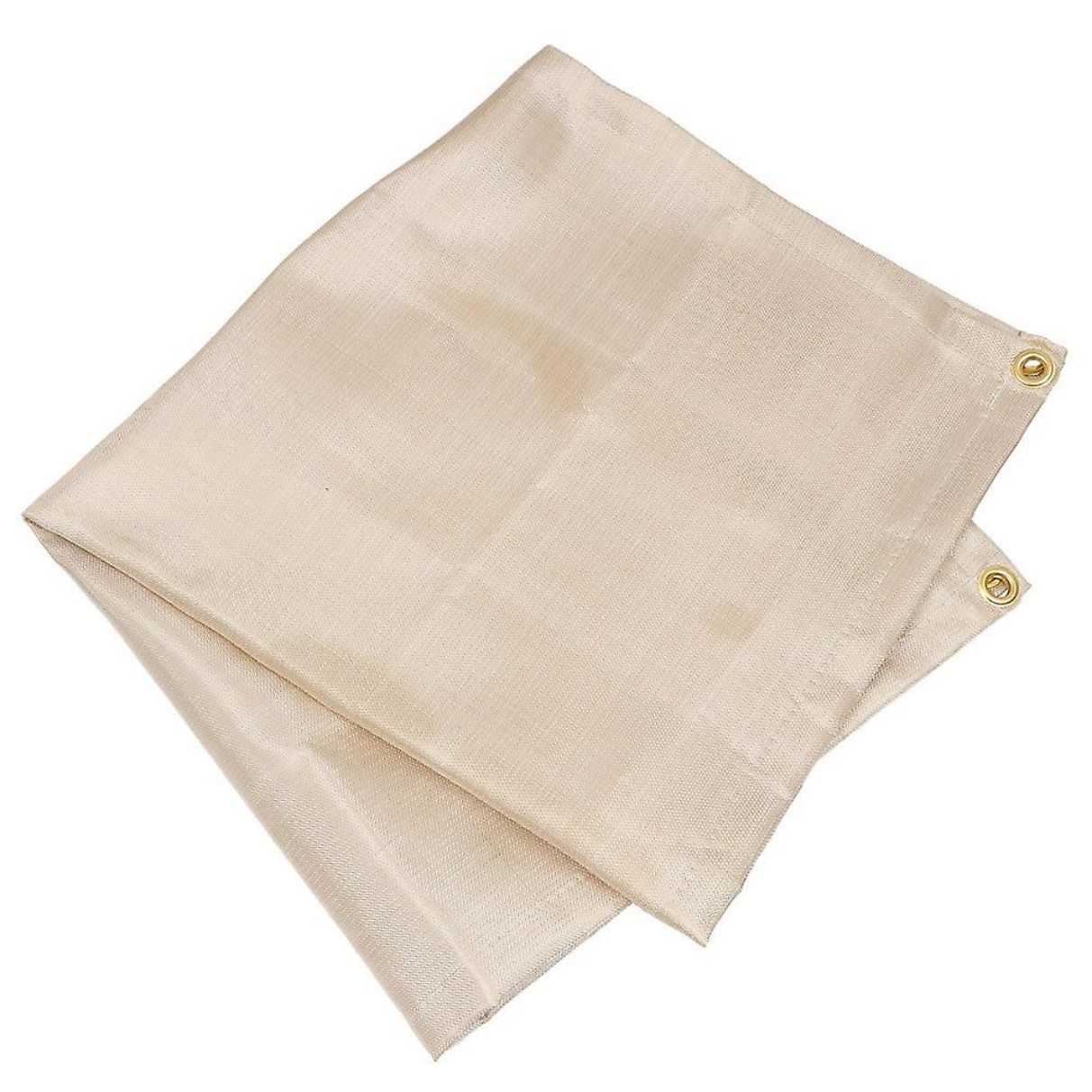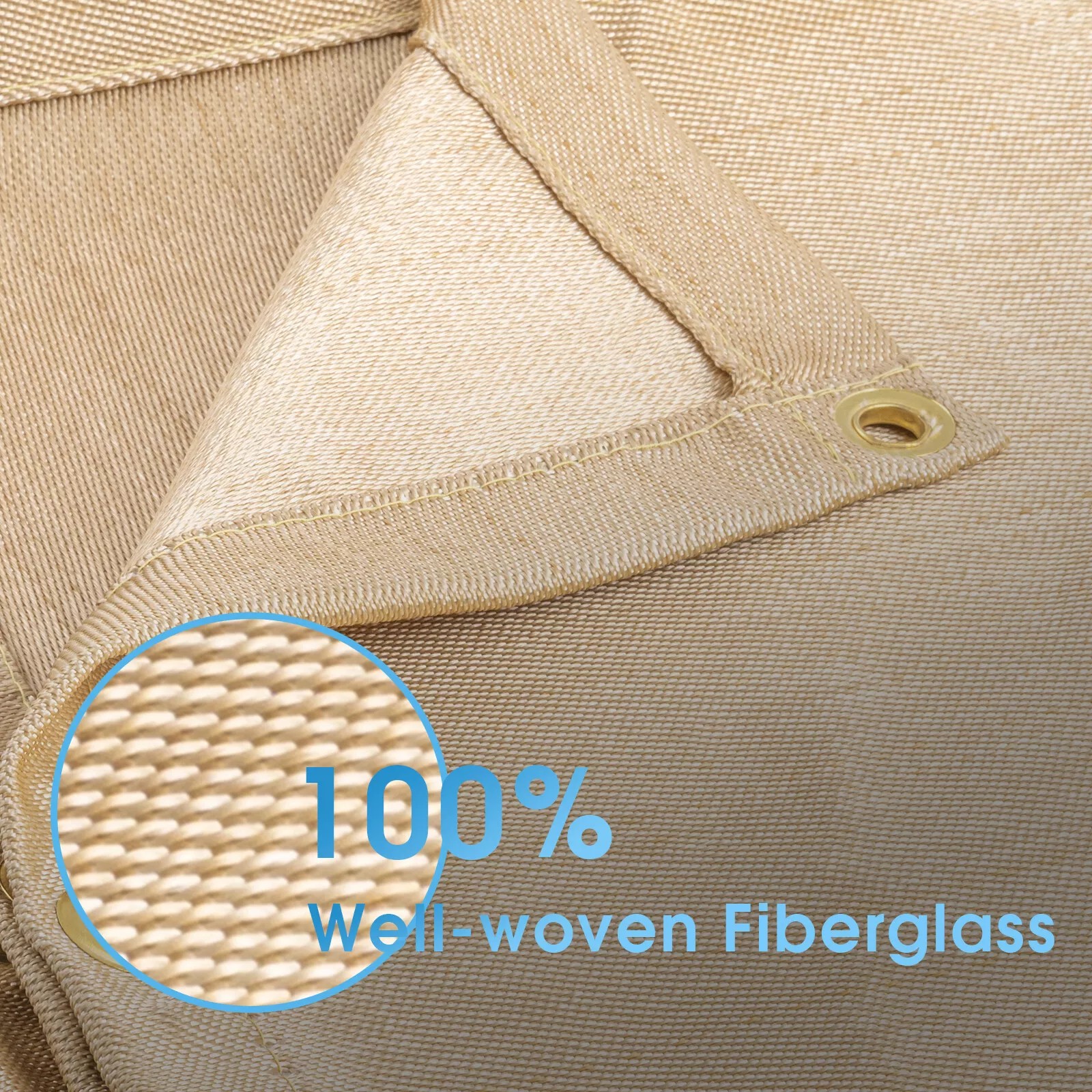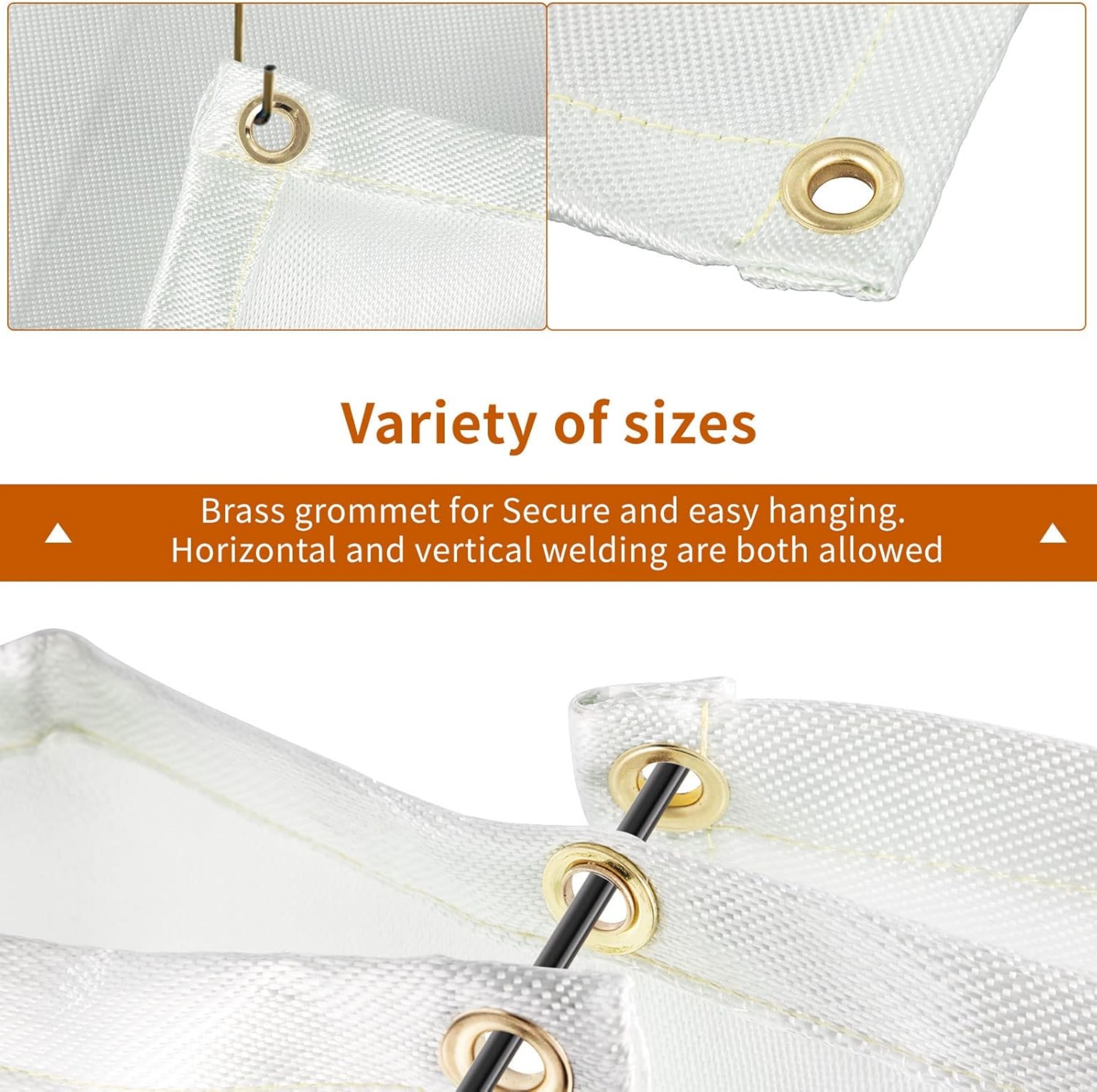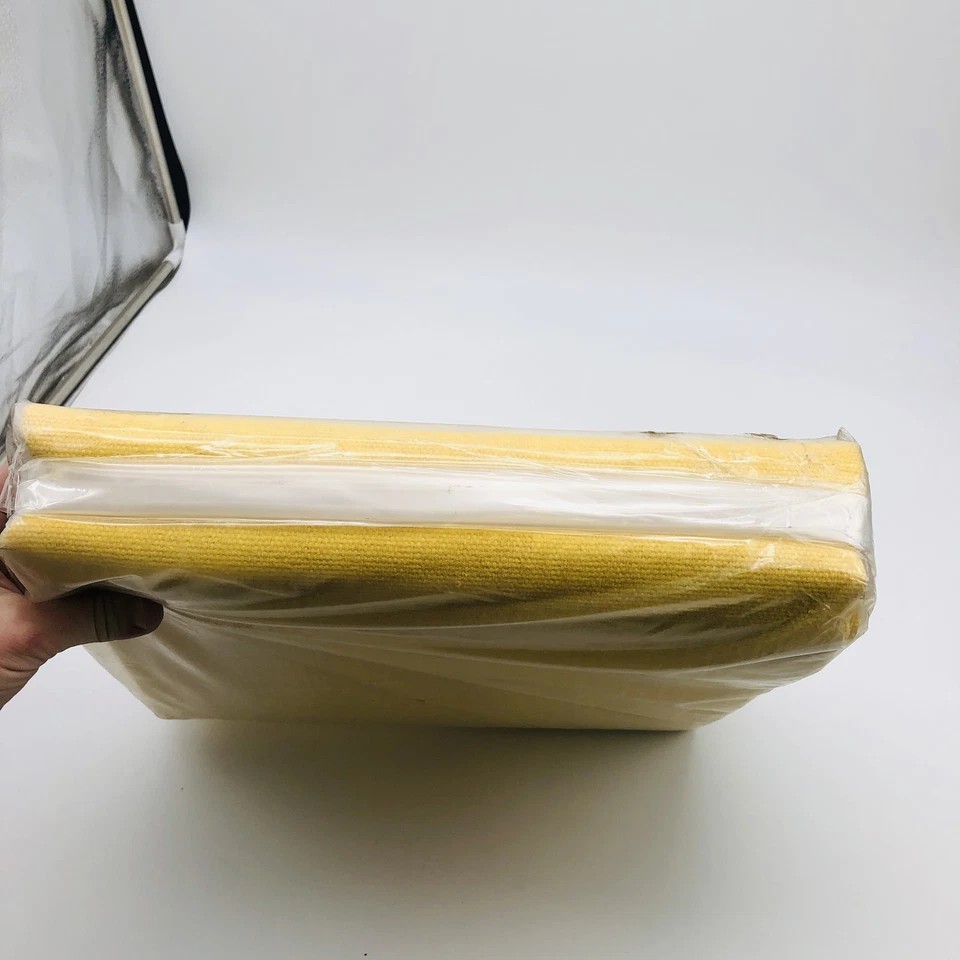Blankets to Wrap Welds: Essential Protection for Quality Welding
Welding blankets protect your work from contamination and heat damage. When you use blankets to wrap welds, you ensure proper cooling, prevent oxidation, and maintain weld integrity. This guide explains their types, benefits, and proper usage for optimal results.
Why You Need Blankets to Wrap Welds
When you complete a weld, the metal remains vulnerable during cooling. Blankets to wrap welds serve three critical purposes:
- Temperature control:They slow cooling to prevent cracking in sensitive metals
- Contamination prevention:They keep dust, moisture, and debris away from fresh welds
- Safety:They protect workers from burns and shield nearby materials from sparks
Professional welders know that how you treat a weld after completion affects its strength as much as the welding process itself. Blankets to wrap welds provide the controlled environment your work needs.
Types of Welding Blankets
Not all blankets for weld protection work the same. Choose based on your specific needs:
Fiberglass Blankets
These are the most common blankets to wrap welds. They withstand temperatures up to 1000°F (538°C) and work well for most steel welding applications. You'll appreciate their flexibility when wrapping complex shapes.
Ceramic Fiber Blankets
When you need extreme heat resistance (up to 2300°F/1260°C), these are your best choice. Use them for high-alloy steels or critical aerospace components where precise cooling rates matter.
Silicone-Coated Fiberglass
These blankets to wrap welds add water resistance to the equation. They're ideal when you're working in humid environments or need to protect welds overnight outdoors.
How to Properly Use Blankets to Wrap Welds
Simply covering a weld isn't enough. Follow these steps for best results:
- Allow initial cooling to about 500°F (260°C) - blankets work best during slower cooling phases
- Wrap completely, overlapping edges by at least 2 inches (5 cm)
- Secure with stainless steel wire or high-temperature tape
- Leave in place until metal reaches safe handling temperature
Common Mistakes to Avoid
Even experienced welders sometimes misuse blankets to wrap welds. Watch for these errors:
- Applying too soon:Blankets work for slow cooling, not rapid quenching
- Using damaged blankets:Holes compromise protection - inspect regularly
- Wrong material choice:Match blanket type to your metal's requirements
- Poor coverage:Exposed areas defeat the purpose
Special Applications for Blankets to Wrap Welds
Beyond standard welding, these blankets prove valuable in specific situations:
Pipeline Welding
When you're working on pipelines, specially shaped blankets to wrap welds maintain consistent cooling around the circumference. This prevents distortion in critical joints.
Thin Metal Fabrication
Delicate materials like automotive body panels benefit from lightweight blankets that won't cause denting while protecting the weld.
Outdoor Welding
In windy conditions, properly secured blankets prevent rapid cooling that could lead to hydrogen cracking in susceptible steels.
Remember: The cost of quality blankets to wrap welds is minor compared to rework costs from failed welds. Invest in proper protection.
Maintenance and Care
To get the most from your welding blankets:
- Shake out debris after each use
- Store flat or rolled - never folded (creases weaken fibers)
- Wash only when necessary, following manufacturer instructions
- Inspect for thin spots before each use
When to Replace Your Welding Blankets

Blankets to wrap welds don't last forever. Replace them when you notice:
- Visible holes or thinning areas
- Stiffness that prevents proper wrapping
- Discoloration indicating fiber breakdown
- Reduced effectiveness in maintaining temperatures
By understanding and properly using blankets to wrap welds, you significantly improve your welding outcomes. They're not just accessories - they're essential tools for professional-quality results. Choose the right type, use them correctly, and maintain them well to protect your hard work and reputation.






